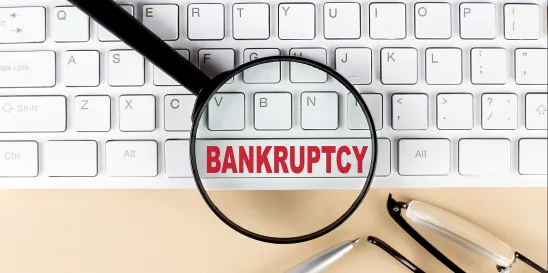In 2022, Congress passed the Bankruptcy Threshold Adjustment and Technical Corrections Act (the “Act”), raising the debt limits for bankruptcy cases under the Small Business Reorganization Act (“SBRA,” a.k.a. “Subchapter V”) and under chapter 13. This made more debtors eligible for relief under these provisions of the Bankruptcy Code. Congress made the increases temporary, however. They will revert to lower values in a few months unless Congress extends them or makes them permanent. This significant change could affect the eligibility of businesses seeking bankruptcy protection and may create a surge in bankruptcy filings before the deadline.
One provision of the Act raised the debt limit for debtors to qualify under the SBRA to $7,500,000. Another simplified and increased the debt limit for chapter 13 filings to $2,750,000.[1] Both increases sunset on June 21, 2024.
When the SBRA was first enacted, the debt limit was $2,725,625. (This was the debt limit at the time under the Bankruptcy Code to qualify as a “small business debtor.”) Congress increased the SBRA debt limit to $7,500,000 several times—first by the CARES Act, then by the COVID-19 Bankruptcy Relief Act of 2021, and, most recently, by the Act. The CARES Act included a “sunset provision” that would cause the limit to revert back on a fixed date, and each subsequent enactment extended that sunset deadline.
The sunset date under the Act is June 21, 2024. On that date, the $7,500,000 SBRA debt limit will revert to the debt limit for small business debtors under the Bankruptcy Code. Since the SBRA was enacted, an automatic inflation adjustment under the Bankruptcy Code increased the small business debtor debt limit from $2,725,625 to $3,024,725. Thus, unless Congress acts to again extend the sunset provision (or make the $7,500,000 debt limit permanent), the SBRA debt limit will fall to $3,024,725 on June 21, 2024.
Similarly, the Act also raised the debt limit for chapter 13 bankruptcy filings. Prior to the Act, a debtor had to have unsecured debts totaling less than $465,275 and secured debts totaling less than $1,395,875 in order to file a chapter 13 bankruptcy case. The Act set a combined limit of $2,750,000. On June 21, 2024, the original limits will be reinstated.
Because the debt limit is usually evaluated as of the date of filing, if debtors do not believe that a Congressional “fix” is imminent, there may be a wave of SBRA and chapter 13 bankruptcy filings in early June as debtors seek to take advantage of the higher debt thresholds while they are still in effect.
[1] These are limits as to how much noncontingent, liquidated debt a debtor may have and still qualify to file for bankruptcy protection. Generally speaking, a “contingent” debt is one that requires some event to happen before it is owed (e.g., a warranty claim owed only if a covered part fails). “Noncontingent” debts are those that lack such a requirement. A “liquidated” debt is one where the amount is known or can be readily determined. (E.g., the amount owed at any moment under a loan may not be stated in the note, but can be quickly computed by reference to its terms.)







 />i
/>i

